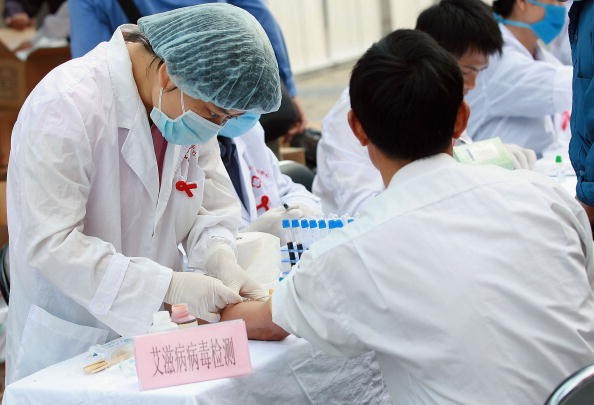In its five-year plan to address the growing problem of HIV/AIDS cases, China continues to promote the use of Chinese Traditional Medicine (TCM) in the disease prevention and treatment.
As part of thrusting the ancient medical practice, the number of HIV/AIDS patients that China treats with TCM will be doubled compared to the number in 2015, according to a report by Channel News Asia.
The program by China's State Administration of Traditional Chinese Medicine wherein HIV/AIDS patients are treated with TCM has started in 2004, and by the end of 2010 the program has catered to 14,000 HIV carriers and AIDS patients from 19 provinces in the country, state-run news agency Xinhua said.
The program allows the patients to choose free TCM treatment if they have 350 per cubic millimeter or above CD4 counts. According to aids.gov, CD4 cells are a type of white blood cells which are crucial in protecting the body from infection.
But if they have a CD4 count which is less than 350, they will receive the either the predominant treatment which is the western anti-retroviral therapy alone or a combination with TCM.
Director Wang Guoqiang of the State Administration of Traditional Chinese Medicine said that TCM and western medicine, having different strengths, work together to improve public health in China.
According to Ma Kejian, Director of the Research Institute of Traditional Chinese Medicine in Yunnan province, the western treatment lies more on the destruction of the HIV virus. On the other hand, the TCM treatment focuses on the protection of the immune system which is highly susceptible to HIV.
The inclusion of TCM in China's medical care system has been continuously growing, covering both rural and urban areas. A paper issued by the country late last year reported that by 2015 there are already almost 4,000 TCM hospitals, over 42,000 TCM clinics and 452,000 TCM practitioners all over China.
The five-year action plan to counter HIV/AIDS, which covers 2016 to 2020, includes a number of goals, among which are the reduction of infections through blood transfusion, drug needles, and mother-to-child transmission; lessening of the mortality rate; and improvement of the patients' quality of life.



























